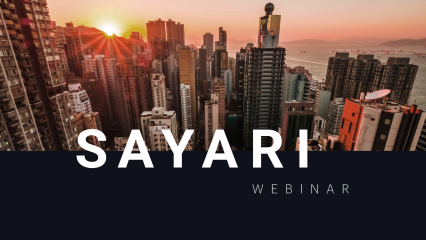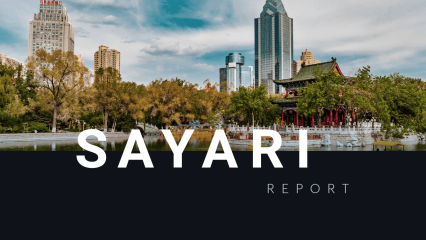What is the Uyghur Forced Labor Prevention Act (UFLPA)?
The Uyghur Forced Labor Prevention Act (UFLPA), passed on December 21, 2021, is the culmination of a years-long investigation by the United States into alleged human rights abuses perpetrated on Uyghur, Kazakhs, Kyrgyz, and other Muslim ethnic minority groups in the Xinjiang Uyghur Autonomous Region (XUAR) by the People’s Republic of China (PRC).
The UFLPA, which went into effect on June 21, 2022, is unique in its enforcement protocol. U.S. Customs and Border Protection (CBP) has made clear that all imports from Xinjiang will at least be detained – in some cases seized – unless the importer can provide “clear and convincing evidence” that the goods are free of forced labor. Rebutting the assumption of forced labor requires meticulous supply chain documentation demonstrating that the goods in question are either a) unconnected with Xinjiang, or b) connected with Xinjiang but nevertheless free of forced labor.
Learn how Sayari Graph can enhance Xinjiang supply chain risk assessments
UFLPA FAQs
Why is the UFLPA important?
Since 2017, some 1.8 million people have been subject to political indoctrination, forced labor, physical violence, forcible drug intake, sexual abuse, and torture at the hands of the Chinese national government. Chinese authorities have been relocating and detaining Uyghurs en masse in purportedly abolished “re-education through labor” (RTL) facilities. Those who remain outside these camps suffer discriminatory surveillance technologies and coercion through “arbitrary administrative and criminal provisions,” many of which aim to curb Uyghur birth rates. In January 2021, China’s treatment of ethnic minorities in Xinjiang had officially been declared a genocide by the U.S. Secretary of State.
The UFLPA has received an immense amount of funding as it represents a political determination on behalf of the United States to acknowledge and deter the use of Uyghur forced labor.
What makes the UFLPA different?
Is there a list of entities to avoid under the UFLPA?
If I’m not importing from China, do I still need to worry about the UFLPA?
How can I ensure I’m in compliance with the UFLPA?
How Sayari helps Companies Comply with the UFLPA

Rely on the same data CBP uses
Leverage a DHS CBP UFLPA Entity List enriched with 5K previously unidentified subsidiaries, joint ventures, branches & affiliates

Quickly identify Xinjiang forced labor risk for UFLPA compliance
Search and view profiles on 1.6M corporate entities geolocated in Xinjiang Province as well as 91M Chinese company profiles including 20+ forced labor Risk Factors, including subtier trade linked to Xinjiang.

Translate Chinese entity names and records
Navigate foreign languages with embedded translation and transliteration tools
UFLPA Tutorial
Watch a step-by-step tutorial on uncovering links to Xinjiang forced labor in global supply chains.
Additional UFLPA Resources

UFLPA Deep Dive: Your Top 12 Questions Answered

Expert Roundtable on the Implications of the Uyghur Forced Labor Prevention Act
